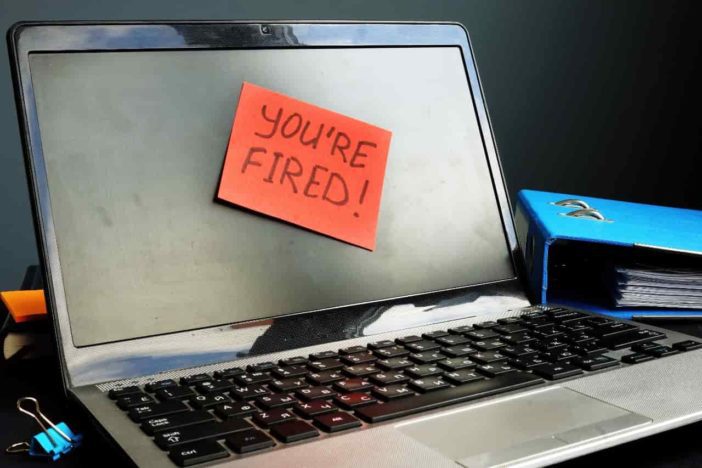The law protects employees from being wrongfully terminated, which means you shouldn’t be fired without a legally justifiable reason. Some common examples of wrongful termination include being fired based on religion, race, disability, or nationality. However, this doesn’t mean that it doesn’t happen, and it can very well happen to you.
When it does, you may not know how to handle the situations or what steps to take to help you fight your employer against unlawful termination. Notably, your actions in the aftermath of wrongful termination can make a big difference in whether or not the employer will be held liable.
Here are five steps to keep in mind to help you have the best chances for your wrongful termination claim to succeed:
1. Don’t Retaliate; Remain Calm
When you get fired for any reason, the first step you should take is to remain calm. It may sound simple, but it can be challenging due to feelings of frustration and anger. At this point, it’s in your best interests not to react or retaliate against your employer.
Many employees feel justified to vent or protest the termination verbally or otherwise, which may be deemed unlawful. Avoid posting or tweeting anything regarding the termination that can be used against you. You don’t want to give your employer additional reasons to validate their actions or attract legal trouble.
Follow the laid down post-employment procedures, such as returning all company property like laptops, cars, and anything else that belongs to the employer. Request for an acknowledgment note for the items or have a witness with you to confirm that you returned the company property.
Remember, someone may be watching your actions closely, so avoid giving them any reason to justify their grounds for termination.
2. Understand Wrongful Termination
But, when can you sue for wrongful termination? You need to ensure that your termination letter states why you got dismissed from employment. If no reason has been given, request that it be included. The outcome of such cases depends on whether the employer can justify this cause in court. After calmly processing the events of your termination, you’ll need to go a step further and research, learn and understand what encompasses a wrongful termination.
Consider talking to an employee’s right lawyer for advice and clarifications on these issues because some reasons for your termination may be straightforward while others may not.

3. Take A Record of Everything
After knowing that, indeed, the employer wasn’t justified in terminating your services, you can now move on to start building your case. Write your record of events culminating in your dismissal and ensure that it’s as accurate and detailed as possible.
Include details such as people’s names, dates, places where an event relevant to your termination occurred, letters, memos, notes for as long as you can remember. This will help you and your lawyer summon for records or witnesses to support your case for wrongful termination.
Ensure that the information is authentic and has not been obtained illegally. Avoid getting information through illegal means as it could lower the chances of winning against your employer or put you in more trouble that is far worse than being terminated.
- Taking or making copies of your employers/company records that you’re not authorized to take.
- Secretly recording your employer or coworkers in a bit to gather evidence in support of your case.
4. Be Prepared for the Future
Legal cases are often unpredictable, long, and tiring, even with a strong claim and good representation. Therefore, be prepared to seek employment while still attending to your court case. Also, this may affect your future work prospects, so you need to have a concise way of explaining to prospective employers why you were dismissed from your job.
You need to know how to give prospective employers a good reason without violating any rules regarding an open court case. Also, avoid defamatory utterances against your previous employer that may paint you as a troublesome employee.
Final Words
It’s advisable to educate yourself on your rights as an employee. This will help you know when your rights have been violated and what you need to do about them. For unlawful termination, the best approach is to take the issues step by step and involve a legal professional for guidance. Be clear on the reason for your termination and why you want to challenge it in court.
Also, avoid signing any documents without consulting with your lawyer, especially relating to the severance pay. Some employers can keep you from taking any legal action by including a clause where you relinquish your rights to sue for wrongful dismissal. Above all, remember that the steps you take after termination can make or break your case, and you should be careful about your choices.





